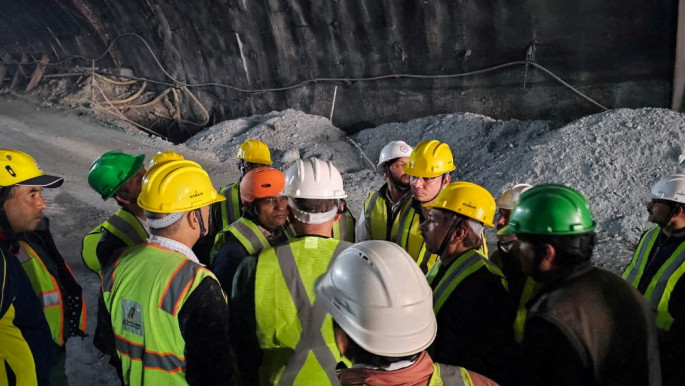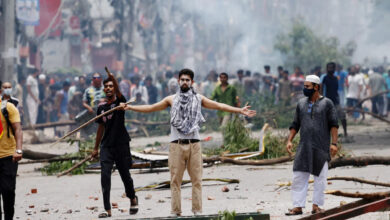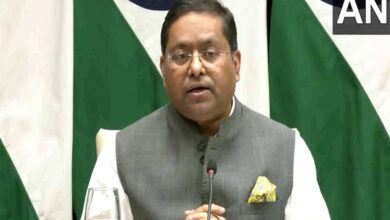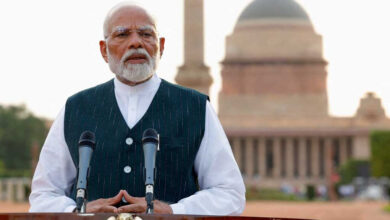Heavy machinery brought in to pull out Indian workers from collapsed tunnel
Excavators have been removing debris for two days to carve out a path to reach the workers and had been awaiting delivery of a wide steel pipe which will be pushed into an opening of excavated debris to safely pull out the workers

New Delhi: Excavators began drilling with heavy machinery on Tuesday to fix a wide steel pipe that will help pull out almost 40 Indian workers trapped inside a collapsed Himalayan highway tunnel that caved in two days ago in the north Indian state of Uttarakhand.
The 4.5-km (3-mile) tunnel, which was being built on a national highway that is part of a popular Hindu pilgrimage route, caved in around 5:30 a.m. on Sunday (2400 GMT on Saturday).
“We have been supplying food, water and oxygen to the trapped labourers and the officials are in continuous touch with all of them,” Devendra Singh Patwal, a disaster management official said.
Excavators have been removing debris for two days to carve out a path to reach the workers and had been awaiting delivery of a wide steel pipe which will be pushed into an opening of excavated debris to safely pull out the workers.
Patwal said it was not easy to ascertain the time required to pull out the workers.
A team of geologists from the state government and educational institutions had arrived to determine the cause of accident, he added.
There were around 50 or 60 workers inside the tunnel and around 10 or 20 of them got out after their shift ended as they were closer to the exit and the rest were trapped after the collapse, the Indian Express newspaper reported, quoting one construction worker who made it out safely.
“Initially, we thought it might be a minor collapse and began removing the debris however we could,” Rajeev Das, the worker, told the newspaper. “But soon, we realised it was a challenging search and rescue (mission).”
The region is prone to landslides, earthquakes and floods and the incident follows events of land subsidence in the state that geologists, residents and officials have blamed on rapid construction in the mountains.
The work on the tunnel stretch commenced in 2018 and was initially intended to be completed by July 2022, which has now been delayed to May 2024, an Indian government statement said.
CONTROVERSIAL PROJECT
The Char Dham pilgrimage route is one of the most ambitious projects of Prime Minister Narendra Modi’s government. It aims to connect four important Hindu pilgrimage sites of North India through 889 km (551 miles) of two-lane road being built at a cost of $1.5 billion.
But some work has been halted by local authorities after hundreds of houses were damaged by subsidence along the routes, including in Uttarakhand.
The project has faced criticism from environmental experts.
The impact of the project on areas along the route was not properly assessed before construction started, a report by a Supreme Court-appointed expert committee had said in July 2020.
When it approved the Char Dham road in 2021, the Supreme Court said wider roads would be beneficial for the defence of India’s borders.
It cautioned, however, that the government should heed concerns raised by the committee, and draw up a concrete strategy to protect the environment.
The head of the panel quit last year saying he was frustrated its recommendations were not implemented.
The federal government has publicly said it employed environmentally friendly techniques in the design to make geologically unstable stretches safer.
Uttarakhand Chief Minister Pushkar Singh Dhami on Tuesday told ANI news agency that the state would examine work at all tunnels under construction to ensure they are completed safely and authorities are better prepared to face possible emergencies.




